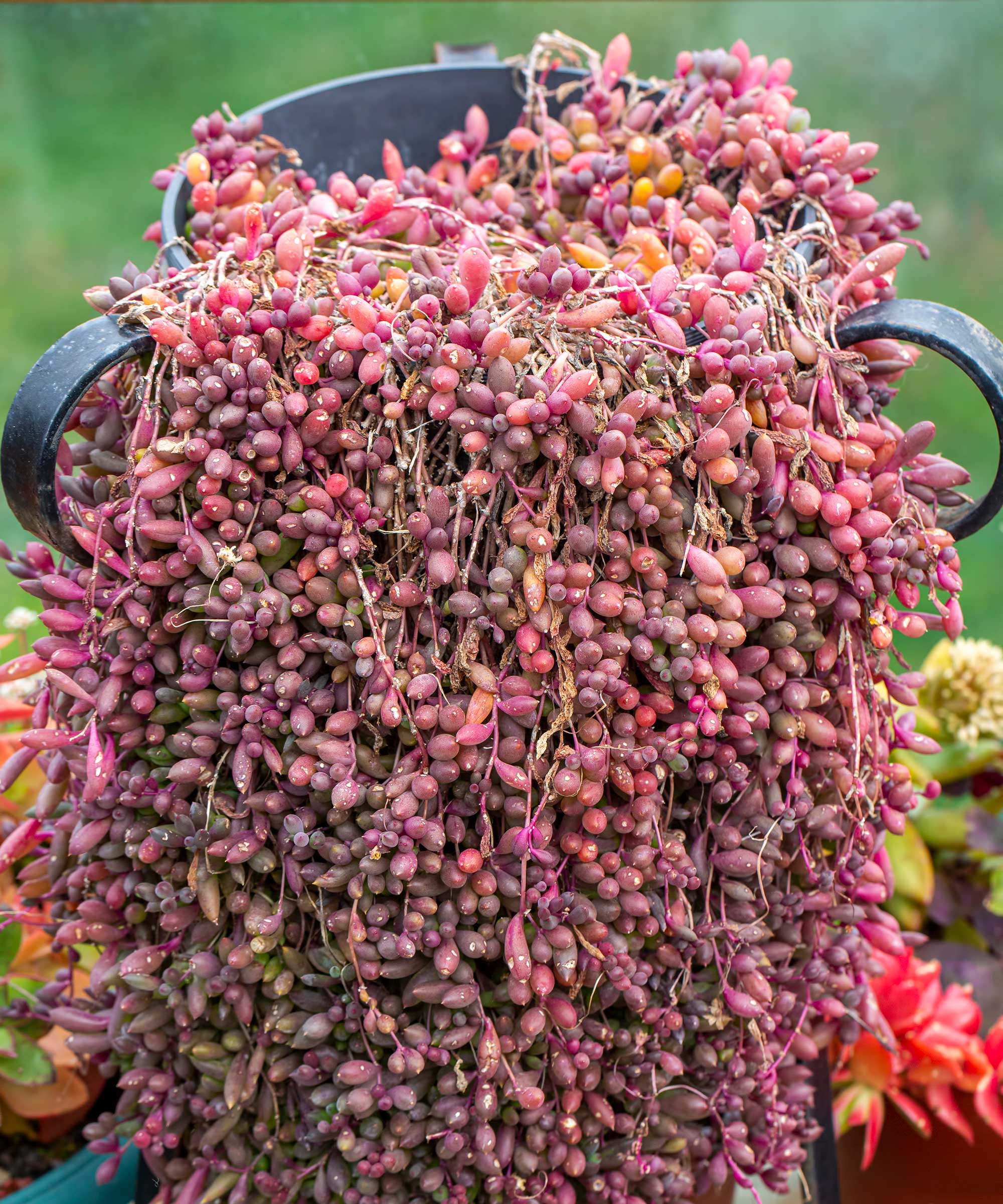
While a string of hearts and an aloe have previously graced my home, only recently have I seen succulents en masse outdoors. This comes with moving to a warmer (and sunnier) climate, where many of these drought-tolerant beauties thrive. They seem to be a go-to choice for front yards, planted both in the ground and in pots, and I regularly spot them in parks, too, used as ground cover or large statement specimens. They always look spectacular – and their size is much more impressive than when I grew succulents indoors.
Of course, the right conditions are vital for succulents to grow so well outdoors, despite all of them typically being low-maintenance. But if you fancy landscaping with succulents and your space is suitable, knowing some fast-growing varieties will help you get a dramatic impact quickly.
Below, you'll find five recommended options to consider for your yard. Plus, there are handy tips on how to look after them.
5 fast-growing succulents to grow in your yard
With their easy-care nature, succulents are great for beginner gardeners. And, varieties that bloom prolifically, such as many types of sedums, can be excellent plants for pollinators, too. They require well-draining soil, so if you're planting them in pots, choose a potting mix suitable for succulents.
1. Sedum rupestre 'Angelina'
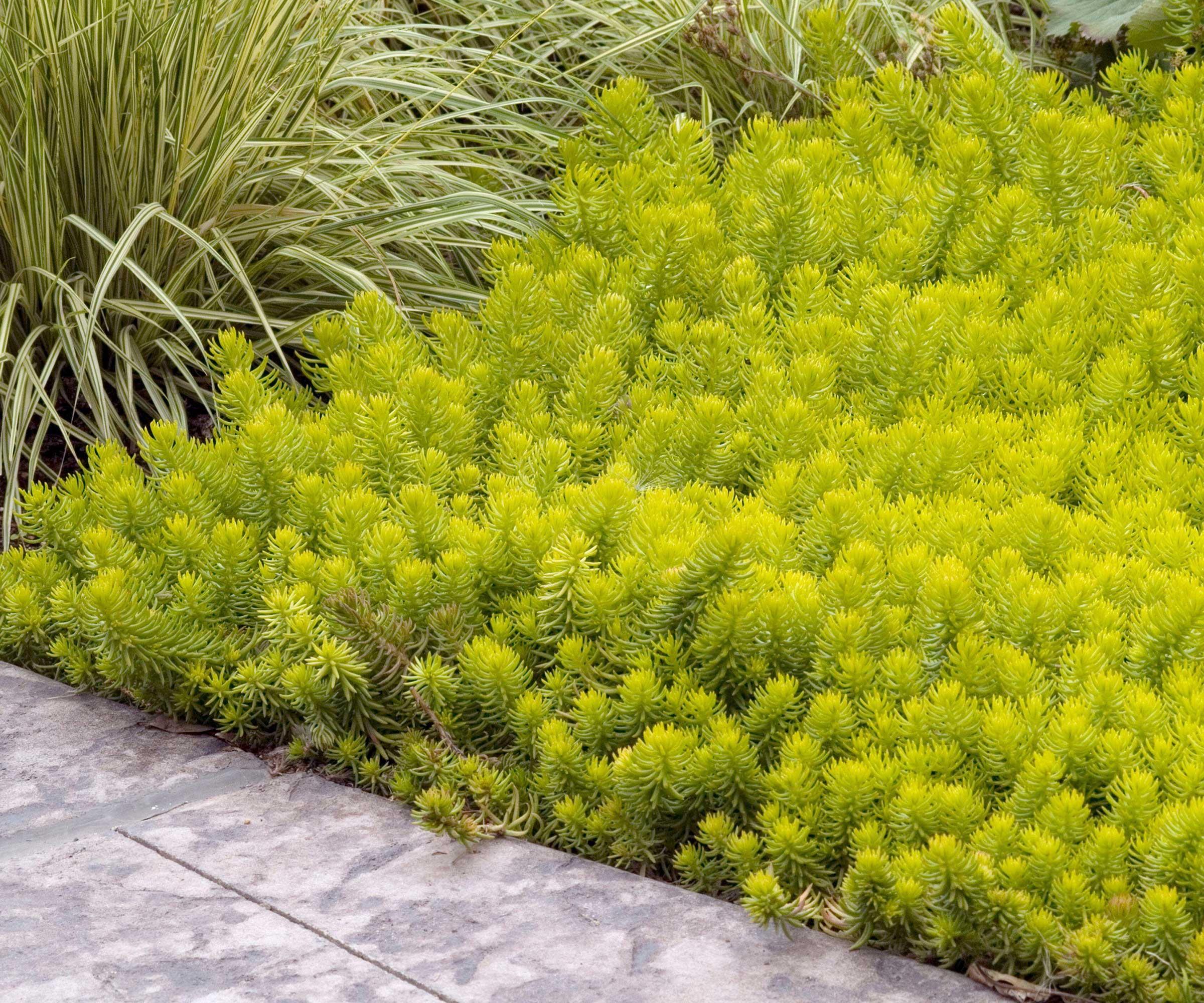
Justin Hancock, a horticulturist at Costa Farms, recommends sedum Angelina, otherwise known as Sedum rupestre 'Angelina' or Angelina stonecrop, as a fast-growing specimen.
'This easy-growing, hardy perennial sports lovely lime-green foliage that helps light up the garden in the spring and summer months,' he says. 'In mild-winter areas where it’s not covered in snow, it usually develops lively orange tones, adding to the winter landscape.
'It’s a low-growing variety that typically stays under six inches tall, making it a fabulous, low-water, easy-care ground cover,' he adds. 'It thrives in all-day sun and well-draining soil in USDA zones 4-9.'
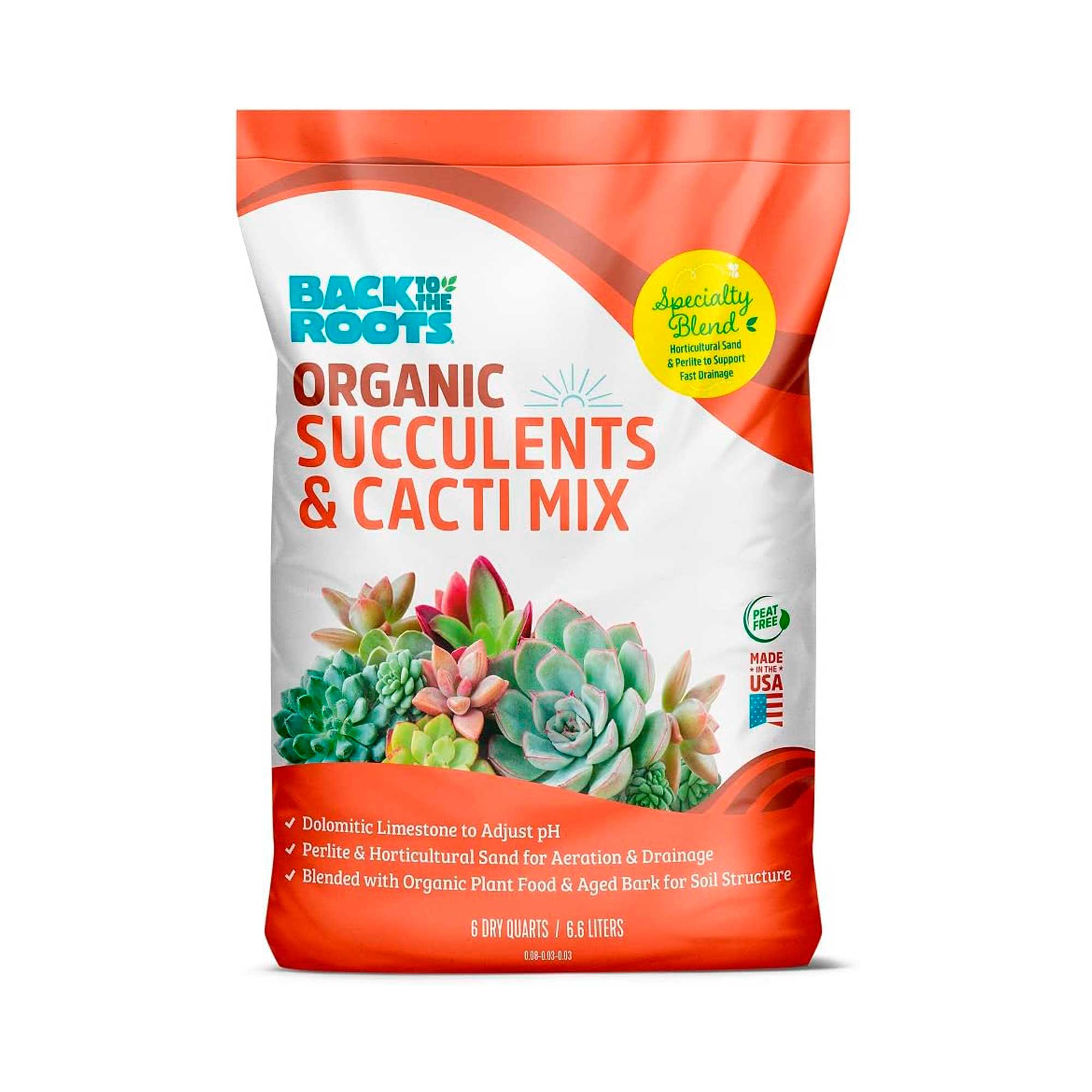
This mix from Back To The Roots can be used for both indoor and outdoor plants, and includes perlite and horticultural sand for improved drainage.
2. Agave desmettiana 'Variegata'
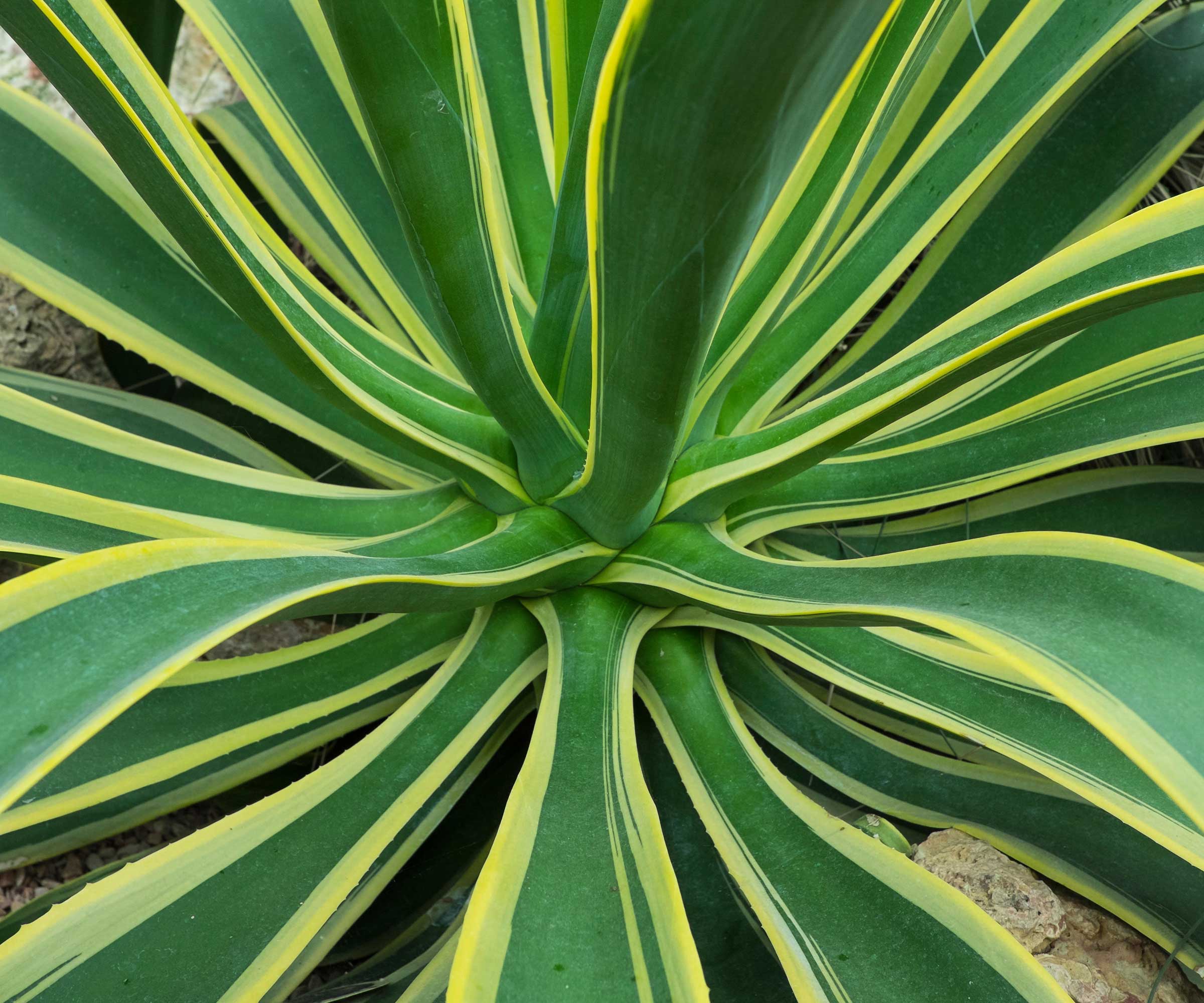
Andrew Porwol, a seasoned garden and landscaping expert and the founder of Sapcote Garden Centre, recommends Agave desmettiana 'Variegata' – 'an eye-catching option for an upright structural choice.'
He highlights how it grows quickly in comparison to its relatives, and produces graceful, arching leaves with golden variegation. 'This type of agave produces offsets rapidly, enabling propagation and growth in a short amount of time, in contrast to many others that can take years to mature,' he adds.
As agaves are especially prone to root rot in poorly draining soils, Andrew recommends planting them in a raised bed or slightly sloping area. This will help to maximize their growth rate. He also suggests applying a low-nitrogen fertilizer in early spring.
Note that this plant is suitable for hardiness zones 9-11.
3. Sedum spurium 'Fuldaglut'
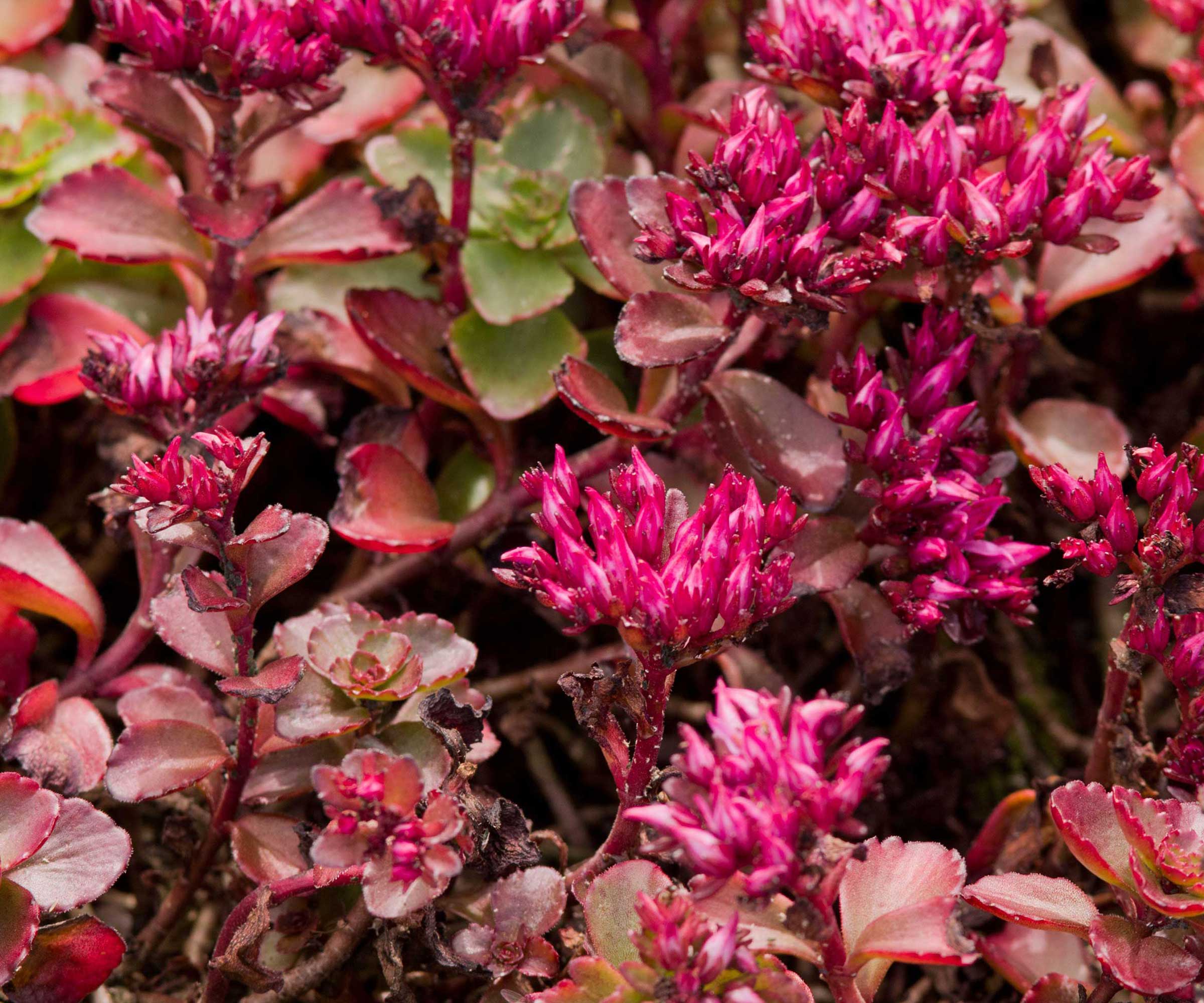
Sedum spurium 'Fuldaglut' is another fast-growing succulent chosen by Justin. He calls it 'a classic ground cover sedum', noting how it's loved for its flowers and foliage.
Its gray-green leaves are edged in purple-red, he highlights. 'In spring and summer, starry pink flowers add interest.' It usually grows about three to four inches tall, he adds, 'but in bloom, it can get up to six inches. It thrives in all-day sun and well-draining soil in USDA zones 4-9.'
Top tip: Try planting it alongside sedum Angelina (mentioned above). Justin notes how it provides a lovely contrast in both its color and texture.
4. Othonna capensis 'Ruby Necklace'

'Othonna capensis "Ruby Necklace", a trailing succulent that produces long, tumbling stems with vivid purple hues, is another quick grower,' says Andrew. It grows far more quickly than many popular trailing succulents, such as string of pearls, he adds.
He suggests using it as a spiller in containers or as a striking ground cover. Denser, more vigorous growth will be encouraged by routinely pruning lanky stems, he adds.
A sunnier spot will result in redder foliage, but protect it from intense rays. As a bonus point, these plants produce small, yellow flowers. They're suitable for hardiness zones 9-11.
5. Kalanchoe 'Flap Jacks'
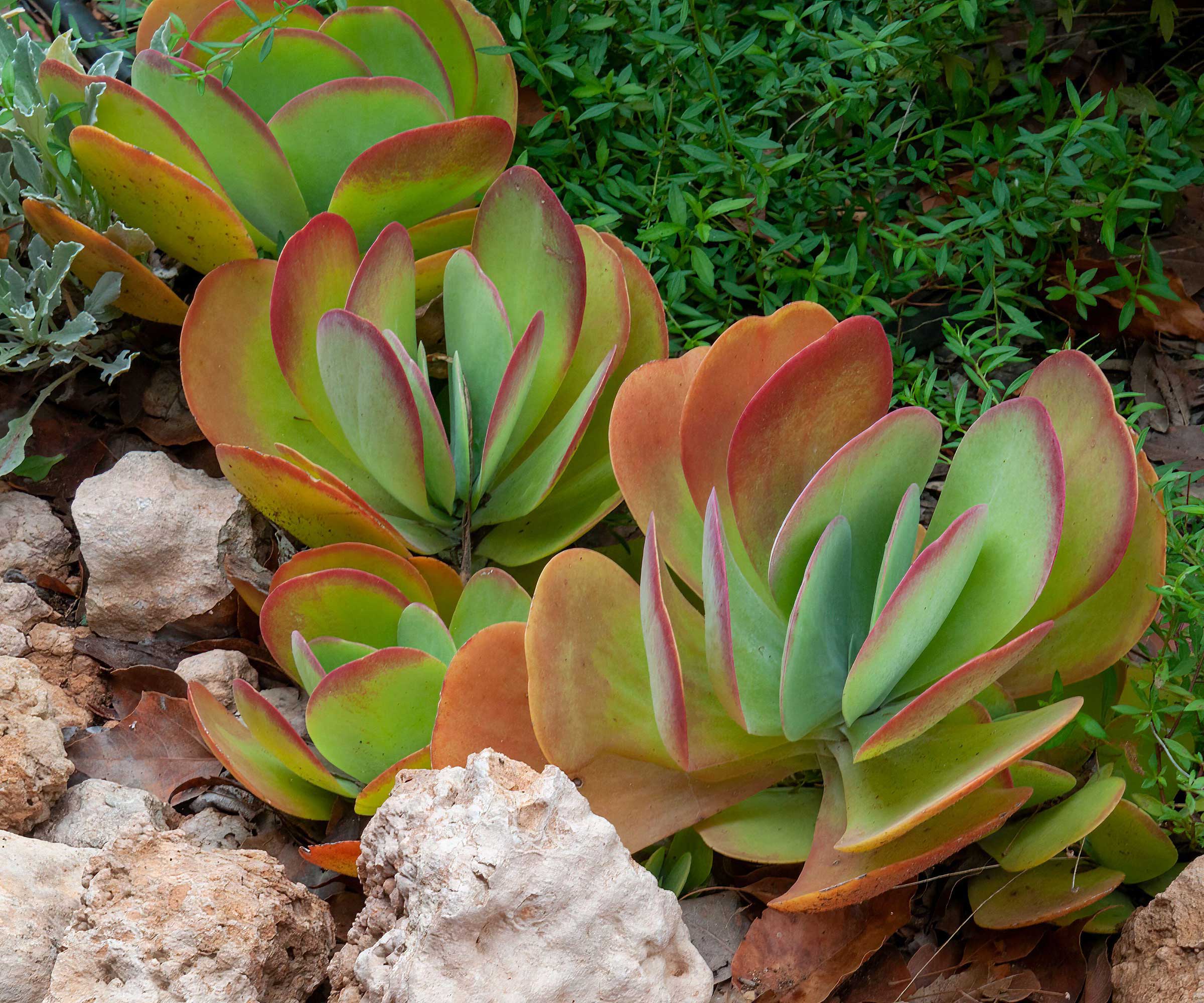
I recently added this succulent, also known as the paddle plant, to my balcony container garden. I can't believe how fast it's grown! It's gotten taller since I bought it home a mere few weeks ago, and a baby plant has quickly established near the base. And this is all under dry, hot, and very sunny circumstances.
The flattish, glaucous leaves have developed a pretty pinky-red edge in the sun, which only adds to their beauty. They are suitable for hardiness zones 9-11, and would also make a lovely addition to a rock garden.
FAQs
What are some other good options for outdoor succulents?
One type I often see, here in southern Australia, are tree aeoniums (Aeonium arboreum). They have an amazing, upright structure and intricate rosettes of glossy green or dark purple (almost black) leaves. Jade plants also grow outdoors here, as do aloes, which can form such large clusters they're practically hedges.
However, the best succulent for your yard will hugely depend on your hardiness zone, as not all are suited for colder conditions. Always check growing requirements before you buy.
What should you do with a succulent that grows too large for its space?
Fast-growing plants can get a little too large, which is why it's always worth checking the eventual growth size on the label when choosing a planting position. The good news is, many succulents can be successfully divided by the roots and replanted elsewhere if they get out of hand. Alternatively (or additionally), you may wish to prune your succulent regularly.
If you're looking for fast-growing succulents for indoors, too, our guide has some gorgeous options to consider.







